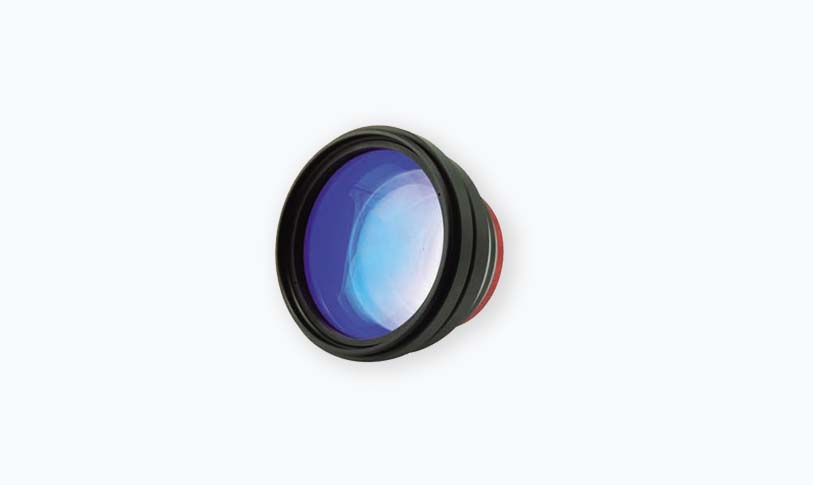When it comes to designing intricate projects for laser cutting, the software you choose is just as important as the equipment itself. Laser cutter design software plays a crucial role in transforming your ideas into precise, tangible creations. Whether you’re a professional designer or a hobbyist, selecting the right software can greatly influence the success of your projects. In this guide, we will explore the key features to look for in laser cutter design software, popular options available in the market, and tips for maximizing your design experience.
Understanding Laser Cutter Design Software
Laser cutter design software serves as the bridge between your digital designs and the physical outcome produced by a laser cutter. It allows you to create, modify, and prepare vector graphics that a laser cutter can interpret. The primary functions of such software include creating intricate designs, converting images into vector formats, and generating tool paths that guide the laser in cutting or engraving materials.
Key Features to Look For
1. **User-Friendly Interface**: The ease of use is essential, especially for beginners. Look for software that offers an intuitive interface, drag-and-drop functionality, and easy access to tools. A user-friendly design will speed up your workflow and allow you to focus more on creativity rather than navigating through complicated menus.

Unlocking Creativity and Efficiency: A Comprehensive Guide to Choosing the Right Laser Cutter Design Software for Your Projects
2. **Vector Graphics Support**: Laser cutters interpret vector graphics, so it’s vital that the software supports popular vector formats such as SVG, DXF, and AI. This feature ensures compatibility with various design applications and devices.
3. **Design Tools and Features**: High-quality laser cutter design software should offer a suite of design tools, including shape manipulation, text editing, and image tracing. Advanced features like layers, grouping, and path optimization can significantly enhance your design capabilities.
4. **Material Compatibility and Settings**: Different materials require varied settings to obtain optimal results. Your software should allow you to save custom settings for different materials, making it easier to achieve consistent quality across multiple projects.
5. **Preview Functionality**: A good software will offer a preview mode that allows users to visualize the final product before commencing the cutting process. This feature can help in making necessary adjustments and avoiding material wastage.

Unlocking Creativity and Efficiency: A Comprehensive Guide to Choosing the Right Laser Cutter Design Software for Your Projects
6. **Community and Support Resources**: A strong user community and available support resources can significantly enhance your experience. Online forums, tutorials, and customer service can provide guidance, troubleshooting, and inspiration for your projects.
Popular Laser Cutter Design Software Options
1. **Inkscape**: A free, open-source vector graphics editor that is widely used for laser cutting. Inkscape supports various file formats and offers an array of design tools, making it a popular choice for beginners and professionals alike.
2. **Adobe Illustrator**: A professional design software that provides robust tools for creating intricate vector graphics. Although a paid software, Illustrator is industry-standard with extensive features, making it great for advanced users willing to invest in their craft.
3. **LightBurn**: Specifically designed for laser cutting and engraving, LightBurn combines design and control functions into one application. It supports various laser cutters and allows for easy design creation and management.
4. **CorelDRAW**: Another professional-grade graphic design software, CorelDRAW is known for its powerful vector editing tools. It is compatible with many laser cutters and is popular among professional designers.
5. **Easel**: An online design software tailored for CNC and laser cutting. Easel offers a cloud-based platform that makes it accessible and easy to use from various devices.
Tips for Maximizing Your Design Experience
– **Experiment and Learn**: Don’t hesitate to experiment with different designs and materials. Each attempt is an opportunity to learn and improve your skills.
– **Stay Updated**: Keep your software updated to take advantage of new features and improvements. Many software updates can enhance performance and add new capabilities.

Unlocking Creativity and Efficiency: A Comprehensive Guide to Choosing the Right Laser Cutter Design Software for Your Projects
– **Connect with the Community**: Engaging with other designers and users can provide insight, inspiration, and constructive feedback on your projects.
– **Document Your Process**: Keeping a log of your designs, settings, and outcomes can help you refine your approach and replicate successful results in the future.
In conclusion, choosing the right laser cutter design software is essential for unlocking your creativity and maximizing the efficiency of your projects. By understanding the key features to look for and exploring the popular options available, you can find the perfect software that will help you produce stunning results. With practice, patience, and the right tools, the possibilities are limitless.20kw laser


